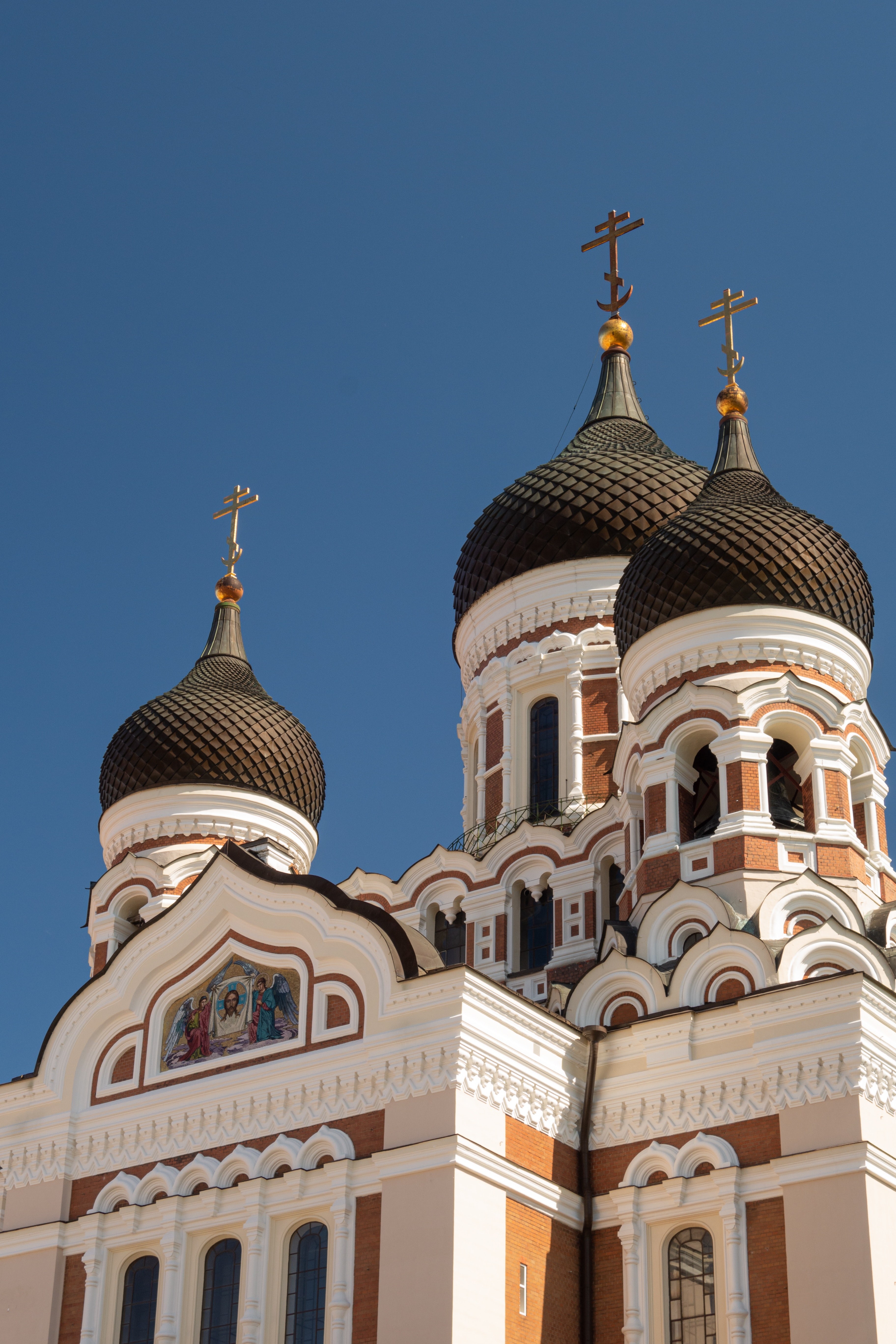Orthodox Funerals
The Orthodox Church, also known as the Eastern Orthodox Church or Greek Orthodox Church, is the second-largest Christian church. The Eastern Orthodox religion has differing views on the afterlife compared to other Western Christian beliefs.
The Orthodox Church is the second largest Christian Church, and is also known as the Eastern Orthodox Church or Greek Orthodox Church. It is practised all over the world, but in particular in Greece, Eastern Europe and Russia. The Orthodox Church has differing views regarding the afterlife to the Western Christian beliefs. The idea of heaven or hell is more of an abstract interpretation than an actual place.
The Orthodox Church accepts the donation of organs however there is a small number who object to heart donations as they believe the heart is closely affiliated with the soul.

Prior to the funeral taking place, there would be a wake held. This starts with the First Panikhida, which is a prayer service prepared by the priest. Family or friends would then read from the Book of Psalms. A modern wake would take one day however the traditional approach is three days.
The coffin would then be taken from the wake to the funeral service, with the priest carrying a censer, and leading the procession of mourners to the Church while reciting the Trisagion Hymn. The funeral would generally last 60 minutes. It is typical to see a plate of Koliva in the church, which is a traditional dish of wheat and honey. It would be placed at the head of the coffin with a candle lit above it.
Some Orthodox funerals will place a paper band across the forehead of the person that has died, in order to symbolise the crown of victory for completing the course of life.
Mourners will receive a lit candle upon entering the church which should remain lit through the funeral service. All mourners should stand throughout the entire funeral service, unless elderly or disabled.
Once the service is finished, family and friends will be invited to approach the coffin to pay their final respects before the lid is closed. A procession to the cemetery will follow, again reciting the Trisagion Hymn. Olive oil and earth may be poured into the grave by the Priest, in the shape of a cross.
Cremation is forbidden in the Orthodox faith and families can be refused a church service if cremation is chosen. Embalming for burial is allowed.
Following the funeral, a reception known as a Makaria is hosted by the bereaved family. A period of 40 days of mourning will be entered, in which black clothing is worn and social events are avoided. The bereaved will usually not go to work for a week after the funeral. After this bereavement period, memorials are celebrated after three, six and nine months before culminating in an annual anniversary for at least seven years.







